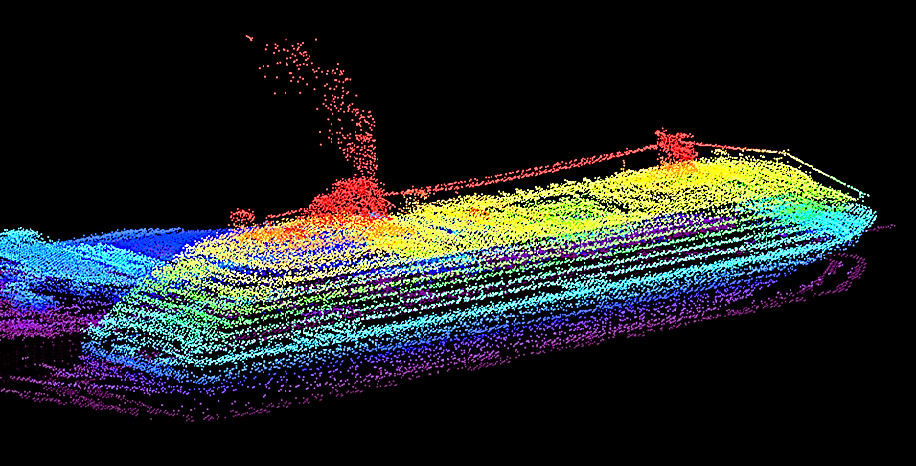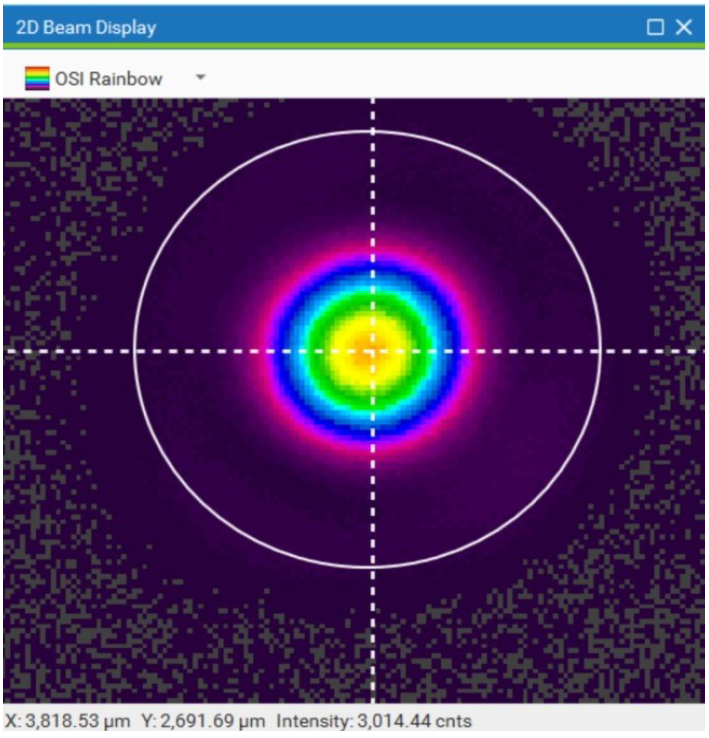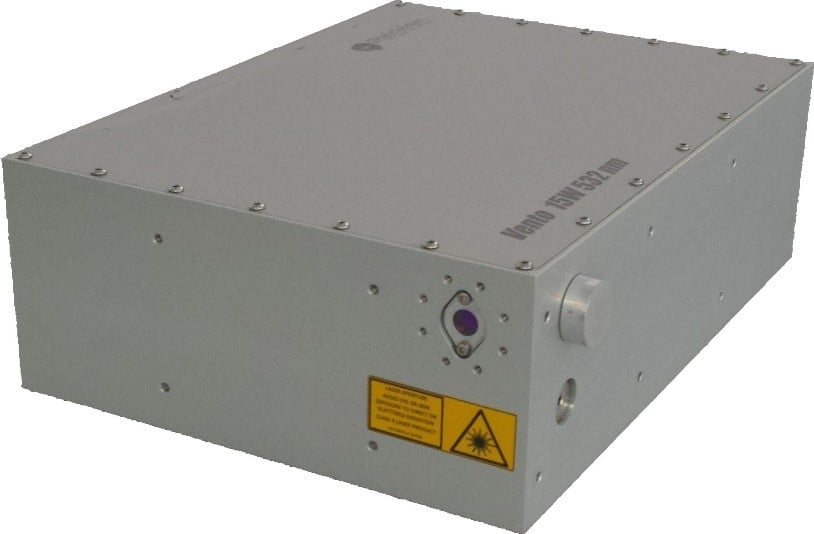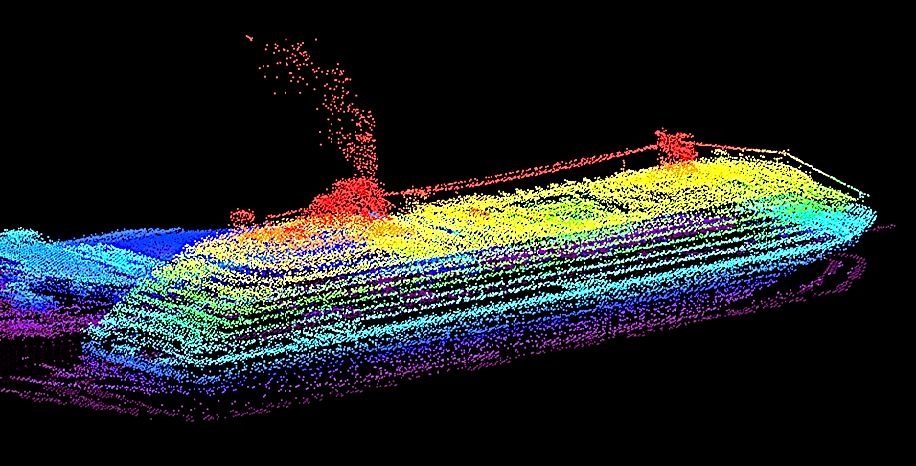
Shortly after the invention of the first laser, a relevant application enabled by the availability of coherent light, called time-of-flight, emerged. ToF is the precise measurement of the round-trip time of a laser pulse from the source to the target object and back again, allowing you to determine the distance or the velocity of the target. By collecting the back-reflected (or back-scattered) radiation of a short pulse (picosecond & short nanosecond range), initially directed to a remote target, it is possible to determine the exact position of said target, provided that the time interval between the outgoing pulse and the corresponding echo is precisely measured. The principle is similar to the older radar or sonar techniques, with the significant advantage of higher resolution and accuracy, allowed by visible or infrared coherent light sources. All LIDAR systems nowadays are based on this simple idea. Their purpose varies from monitoring particle concentration in the atmosphere for pollution detection to mapping seafloors (bathymetry), surveying the land (topographic LIDAR), and numerous other applications.
Courtesy of Teledyne Optech. CZMIL – Coastal Zone Mapping and Imaging LiDAR system
As with most airborne topographic LIDARs, bathymetric systems share the same demand for compact, efficient, rugged, and industrial-grade laser sources. Bathymetric applications present an additional degree of complexity, strictly related to the transmitting medium, with shallow nearshore zones not-necessarily-clean or clear. Bathymetric systems can efficiently use only a limited range of possible wavelengths due to poor water penetration. While most topographic LIDARs employ infrared detectors and laser sources operating at 1064 nm, or the “retina-safe” wavelength of 1550 nm, those wavelengths would only be able to penetrate a few centimeters into the water.
Therefore, light absorption dictates that the ideal wavelength is approximately 440nm for clean water and some longer wavelength (~500nm) for impure scenarios, such as ocean water in the coastal zones, where chlorophyll plays a substantial role in absorbing blue light. High-peak-power, nanosecond, pulsed lasers, operating at 1064nm, efficiently generate 532nm radiation, utilizing a nonlinear optical process, known as second harmonic generation (SHG). Furthermore, the generation of green light by SHG of an infrared laser source has the advantage of utilizing well-synchronized, residual, unconverted light at the fundamental wavelength that could be used for the external surface identification. However, for a given required pulse energy at 532 nm, the commonly achieved SHG efficiency of 50% implies that higher pulse energy (by a factor of 2) is required for the laser source operating at the native wavelength of 1064 nm. Moreover, even assuming low water absorption at 532 nm, the transmission is still much lower than in air, thus further increasing the demand for pulse energy.
Typical beam profile of the Vento 15W 532nm
If approximately 50 μJ of pulse energy would be enough for standard land topography, then bathymetry would require a few millijoules of pulse energy. A typical method for increasing pulse energy in DPSS lasers is to decrease the repetition rate, but that comes at the price of a smaller amount of collected data and slower acquisitions. When it comes to determining the maximum measurable water depth, peak power is not usually an issue, since pulse energy is the relevant parameter as far as the total number of emitted photons per single pulse is concerned. A shorter pulse duration (related to higher peak power for a given pulse energy) is a desirable parameter for optimization of the longitudinal resolution (as described in our previous newsletter “Low Jitter feature in Actively Q-Switched DPSS lasers“). This is true, provided that the optical spectral linewidth doesn’t become large enough to worsen the signal-to-noise ratio at the detection point. Since ~ 0.1 nm is a reasonable linewidth, sub-nanosecond-long, actively Q-switched, DPSS lasers with multi-mJ energies in a close-to-diffraction limited beam profile and at a repetition rate of a few kHz, such as the Vento series, are the ideal option for bathymetric LIDARs.
Vento‘s form factor and unique rugged design make it the ideal laser platform for installation into commercial LIDAR systems on aircraft and drones.
Besides standard models at 532nm and 1064nm, Bright Solutions can offer tailored configurations to meet specific customer needs in terms of optical performances and mechanical design.
For more technical information on the Vento laser series and for exploring other solutions suitable for bathymetric and topographic applications, please visit Bright Solutions page, or talk to a knowledgeable Product Manager today by emailing us at [email protected], or by clicking the link below!
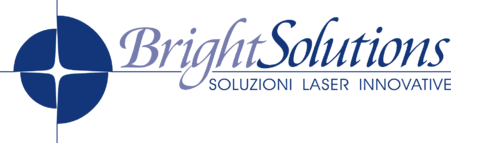
The Bright Solutions Group consists of 4 business units: Bright Solutions, Bright Microlaser, Bright Systems, and Bright Aerospace.

 BUY NOW
BUY NOW 